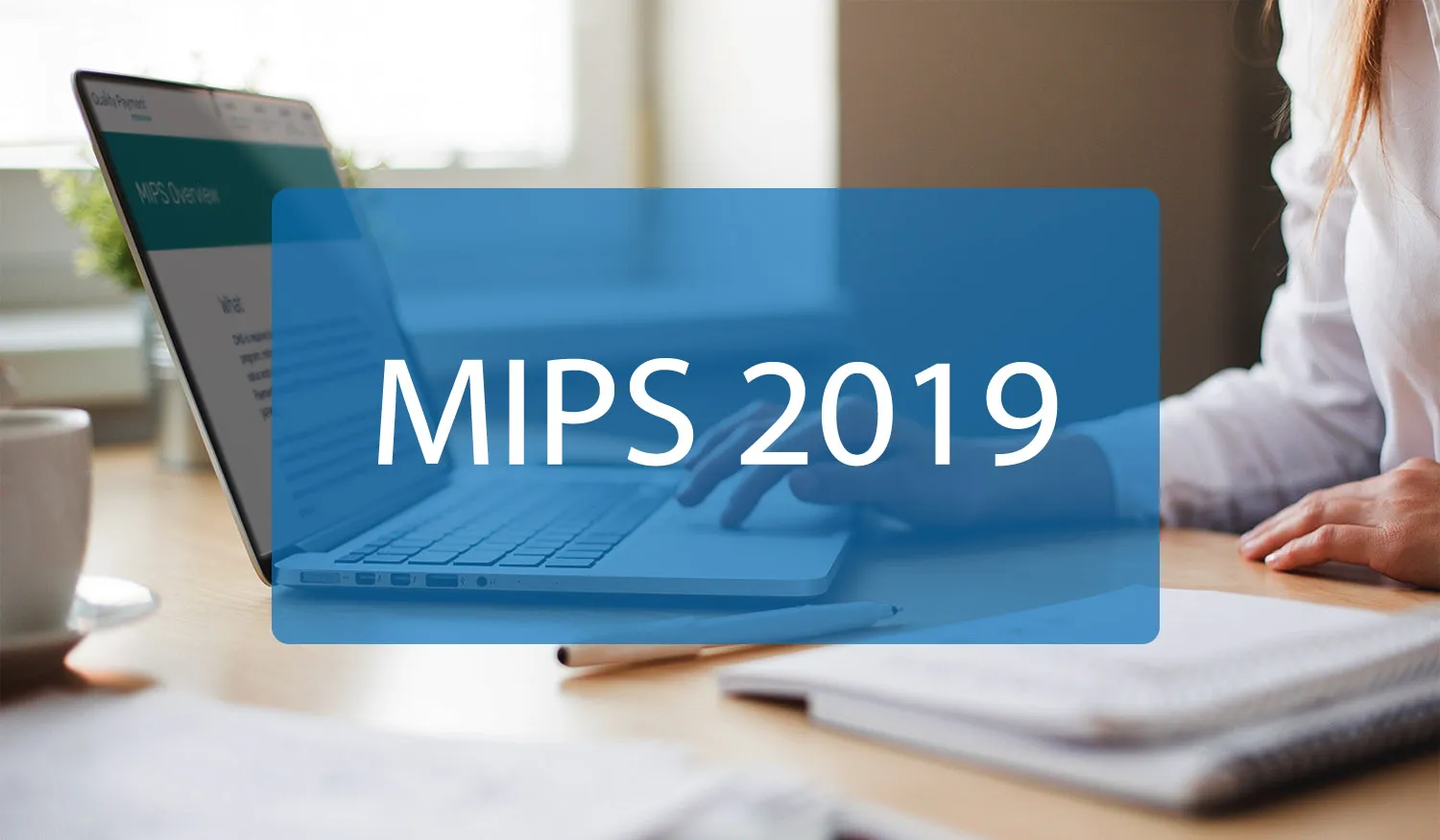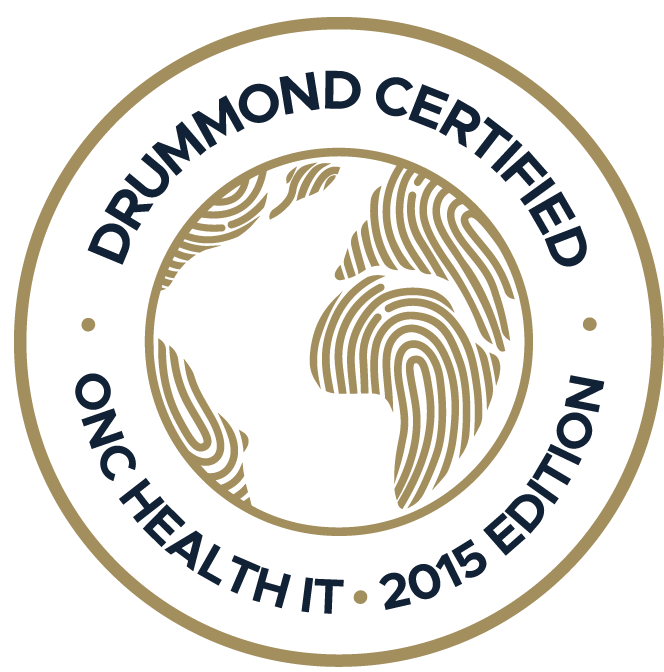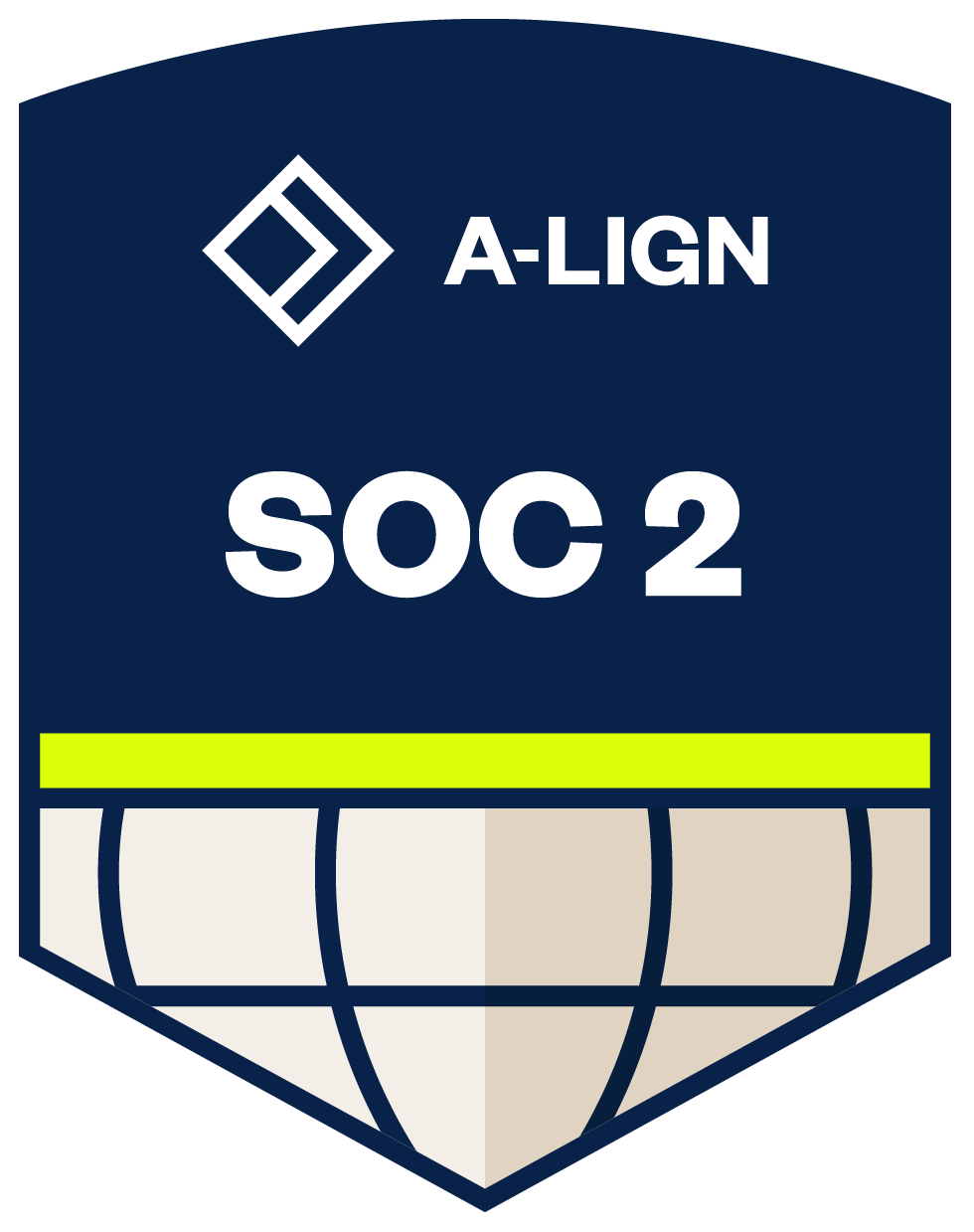ACA enhanced subsidies may expire at the end of December. And that uncertainty is already shaping patient decisions this open enrollment season. Many will switch plans, some may drop coverage, and medical practices need...
 MIPS 2019 is here—along with a few changes you should be aware of for the 2019 program. These Year 3 policy changes, announced in November by The Centers for Medicare & Medicaid Services (CMS), further build upon the foundation established during the first two transition years of the program and are reflective of feedback received from many stakeholders. If you’re not familiar with them already, here are few of the key changes for MIPS 2019.
MIPS 2019 is here—along with a few changes you should be aware of for the 2019 program. These Year 3 policy changes, announced in November by The Centers for Medicare & Medicaid Services (CMS), further build upon the foundation established during the first two transition years of the program and are reflective of feedback received from many stakeholders. If you’re not familiar with them already, here are few of the key changes for MIPS 2019.
-
Expanded definition of eligible clinicians includes new physician types. The new clinician types added include: physical therapists, occupational therapists, speech-language pathologists, audiologists, clinical psychologists, and registered dietitians or nutrition professionals.
-
New opt-in option for low-volume clinicians added. Starting 2019, there is now a third element to the low-volume threshold exemption criteria. Also new this year, CMS is allowing clinicians who meet or exceed at least one or two of the following low-volume thresholds, the option to participate. Those who exceed all three must participate.
-
Have $90,000 or less in Part B allowed charges for covered professional services.
-
Provide care for 200 or fewer Part B enrolled beneficiaries.
-
New: Provide 200 or fewer covered Part B professional services.
-
The performance threshold increases. For the 2019 performance period (January 1, 2019 to December 31, 2019), the new threshold is 30 points, which means eligible clinicians will need to meet this threshold to avoid a penalty. The exceptional performance threshold also increased to 75 points. Top-MIPS performers seeking an exceptional performance bonus will need to meet this new threshold to qualify for bonus money from CMS.
-
Category weights change. For year 3, the cost performance category will increase, making it 15 percent of your MIPS final score, while the quality category will decrease to 45 percent. The category weights for 2019 are as follows:
- Quality - 45%
- Cost - 15%
- Improvement Activities - 15%
- Promoting Interoperability - 25%
-
Advancing Care Information, gets overhauled and renamed to the Promoting Interoperability performance category. The Promoting Interoperability performance category (formerly Advancing Care Information) gets restructured, moving clinicians to a smaller set of new measures and a new scoring methodology based on performance.
-
Expect new, removed and modified measures. Eight new episode-based measures are being added to the Cost performance category in addition to legacy cost measures: Total Per Capita Cost (TPCC) and Medicare Spending Per Beneficiary (MSPB). In addition, some measures were removed from the Quality category, while new ones were also added.
-
Continued help for small practices. Small Practices (15 or fewer in the TIN) will continue to receive a small practice bonus, but it will be included in the Quality performance category score instead of being applied to the overall MIPS final score. The bonus is also increased to 6 points (up from 5 points in 2018) if the clinician submits data on at least 1 Quality measure. Small practices will also continue to receive at least 3 points for quality measures that do not meet the data completeness requirements.
-
Clinicians will be allowed to report quality measures via multiple collection types, such as through a certified electronic health record technology (CEHRT) and a specialty registry. However, eligible clinicians must use a 2015 edition CEHRT to report measures for 2019 as there will be no leniency for 2014 edition CEHRTs, like in previous years.
-
There will be higher payment adjustments. 2019 MIPS performance will determine whether eligible clinicians receive a positive or negative payment adjustment of up to 7 percent on their 2021 Medicare reimbursements for covered professional services (up from 5 percent in 2018).
For more information about 2019 MIPS changes, check out these other helpful resources:
-
CMS Press Release
-
Quality Payment Program Website
-
QPP Resource Library
-
Contact the QPP at 1-866-288-8292/TTY: 1-877-715-6222 or QPP@cms.hhs.gov
-
Free technical assistance support
Ready for an EHR solution equipped to help you tackle MIPS? Schedule a demo of Practice EHR with our team today!
Topics: Insider, Small Practice, EHR Solution, MACRA/MIPS
RECENT POSTS



TOPICS
- EHR Solution (190)
- EHR (125)
- digital age (118)
- Patient Care (115)
- Medical Billing (111)
- Specialty-Specific EHR (110)
- Industry Update (97)
- Technology in Healthcare (84)
- EHR Features (79)
- Small Practice (76)
- Medical billing services (73)
- Integrated EHR (63)
- HIPAA Security (62)
- RCM (62)
- New Technology (44)
- Cloud-based EHR (43)
- Telemedicine (42)
- Healthcare Office Management (39)
- Practice EHR News (38)
- Kiosk (31)
- Revenue Cycle Management (28)
- AI Solutions (24)
- ePrescribing (21)
- AI Scribing (17)
- Best EHR Software (16)
- EMR (12)
- Practice Management Software (12)
- AI-powered Medical Billing (11)
- Practice Automation (11)
- AI EHR (10)
- Client Favorites (10)
- TeleVisit (10)
- The ONE (10)
- Switching to New EHR (9)
- AI Scribe (8)
- Best EHR Practice (8)
- EHR Integration (8)
- MACRA/MIPS (8)
- Patient Portal (8)
- Urgent Care (8)
- Psychiatry EHR (7)
- AI scanning (6)
- E-Prescribing (6)
- Product Updates (6)
- events (6)
- Automated Health Tools (5)
- MIPS (5)
- Mobile EHR (5)
- Family Medicine EHR (4)
- HIPAA (4)
- Integrated Practice Management (4)
- Internal Medicine EHR (4)
- MIPS Reporting (4)
- Medical Practice Management Software (4)
- Multilingual AI Scribe (4)
- Orthopedics EHR (4)
- Podiatry (4)
- Podiatry EHR (4)
- Regulatory Updates (4)
- Telehealth Platform (4)
- Chiropractic EHR (3)
- Digital Experiences (3)
- EHR Flaws (3)
- EHR Implementation (3)
- EHR for Chiropractors (3)
- EHR for Small Practices (3)
- Eligibility Verification in Medical Billing (3)
- Insider (3)
- Patient Check-in Kiosk (3)
- PracticeEHR GO App (3)
- Telehealth Platforms (3)
- Cash Flow (2)
- Cashless Payments (2)
- Clearinghouse (2)
- Dermatology EHR (2)
- EHR Scheduling (2)
- Family Medicine (2)
- Foot and Ankle Care (2)
- Foot and Ankle EHR (2)
- Health records 101 (2)
- Healthcare Compliance Certification (2)
- Medical Coding Services (2)
- Medical Credentialing (2)
- Pediatrics EHR (2)
- Quality of Patient Care (2)
- Reporting Under MIPS (2)
- Risk and Liability in Medical Settings (2)
- Voice-Activated AI Scribe (2)
- What Works Clearinghouse (2)
- ACA Subsidy (1)
- AI Scan (1)
- AI Scribe for Pediatric Care (1)
- Automated EHR (1)
- Bariatric EHR (1)
- Behavioral Health Practices (1)
- Billing Communication (1)
- Billing for Private Practices (1)
- Cardiology EHR (1)
- Charting (1)
- Data Security (1)
- Dos and Don'ts (1)
- EHR Guides (1)
- EHR KPIs (1)
- EHR Questions to Ask (1)
- EHR Transition (1)
- EHR for Chronic Illness (1)
- EMR vs EHR Difference (1)
- ENT EHR (1)
- Endocrinology EHR (1)
- Gastroenterology (1)
- Gastroenterology EHR (1)
- General Surgery EHR (1)
- Geriatric AI scribe (1)
- Geriatrics EHR (1)
- Guides (1)
- Healthcare Practice Office Management (1)
- Help Center Videos (1)
- Insurance Reimbursement (1)
- KPI (1)
- Key Performance Indicators (1)
- Lab Processing (1)
- MACRA (1)
- Medical Billing Partner (1)
- Nephrology EHR (1)
- Neurology EHR (1)
- Pain Management EHR (1)
- Patient Behavior (1)
- Pediatric Care (1)
- Physical Therapy EHR (1)
- Practice Cash Flow (1)
- Practice Efficiency (1)
- Pulmonology EHR (1)
- Reconsider Your EHR (1)
- Simplify Practice Management (1)
- Staffing in Healthcare (1)
- Switch Medical Billing Providers (1)
- Urgent Care Medical Billing (1)
- Urology EHR (1)
- insurance claim denials (1)









